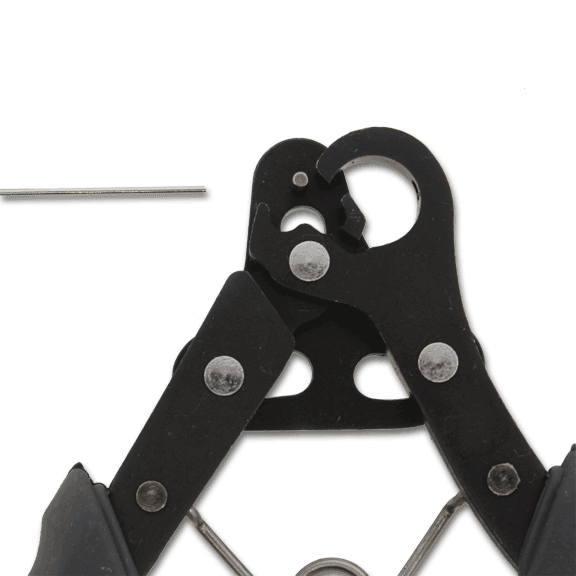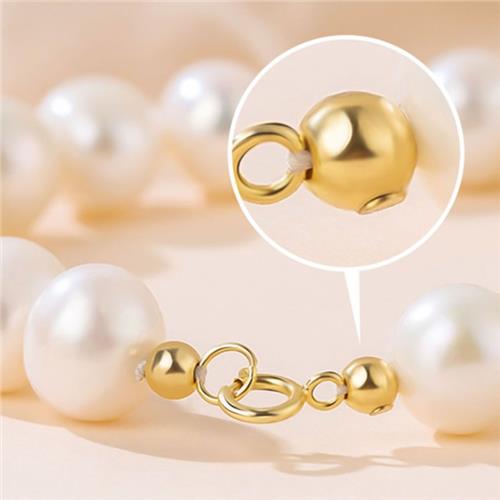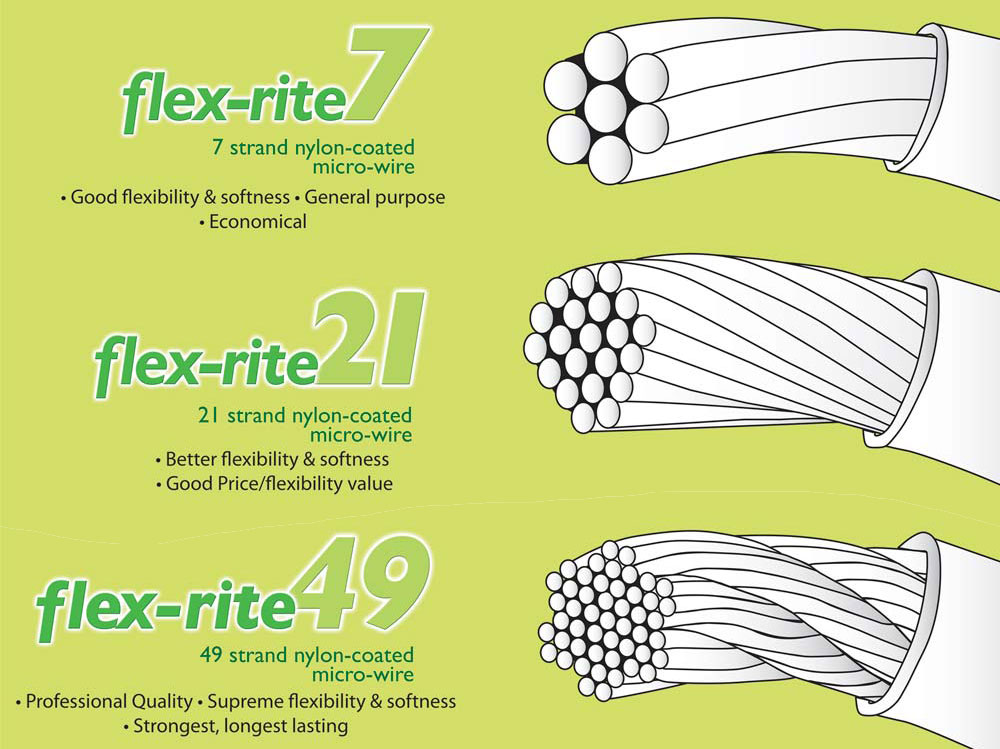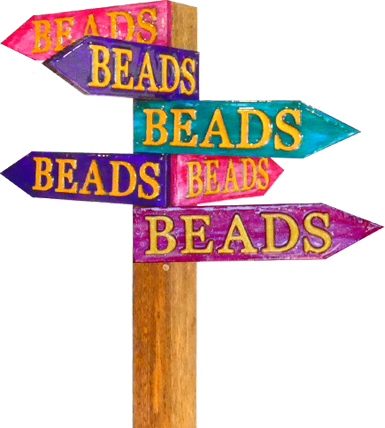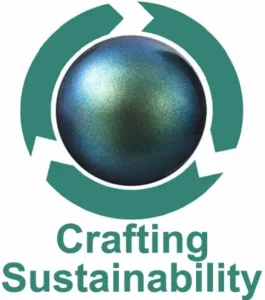Citrine

Citrine is a variety of quartz that is prized for its yellow to golden yellow colour. It is found in many different locations around the world and has been used for thousands of years for its ornamental and metaphysical properties.
Showing all 19 results
-
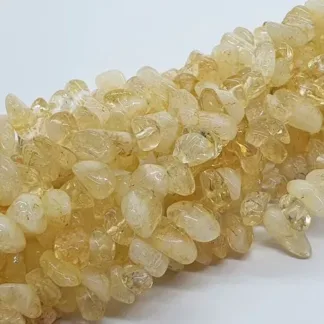
Chips Strand A Grade Citrine Beads Strand 87cm
$18.0018 in stock
-
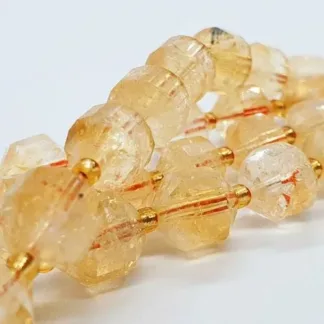
Citrine 10mm Faceted Short Barrel Cut Gemstone Beads Strand
$80.006 in stock
-
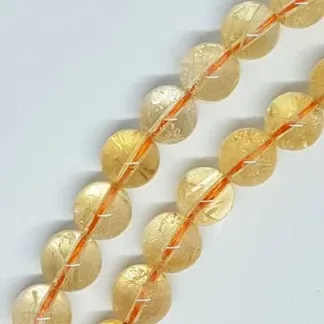
Citrine 10mm Round A Grade Beads Strand
$88.003 in stock
-
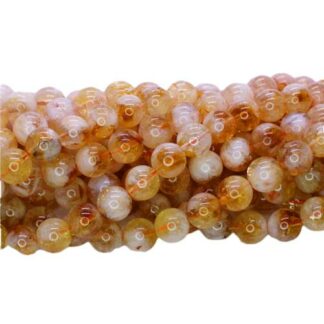
Citrine 10mm Round Beads Strand
$46.0046 in stock
-
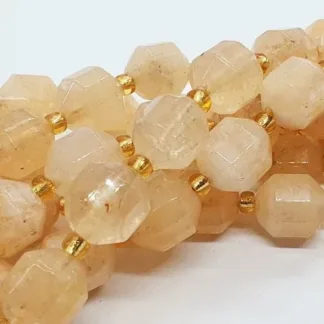
Citrine 10mm Tumbled Faceted Barrel Cut Beads Strand
$50.0010 in stock
-
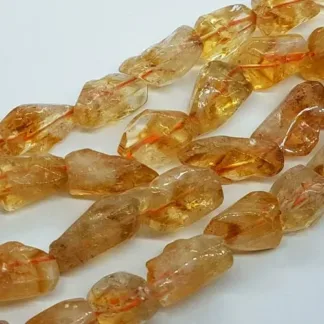
Citrine 12-20mm Irregular Cut Beads Strand A Grade
$70.001 in stock
-
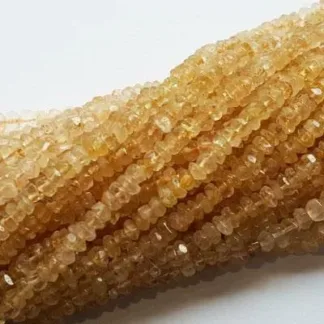
Citrine 3x5mm Faceted Irregular Rondelle Beads Strand
$18.001 in stock
-
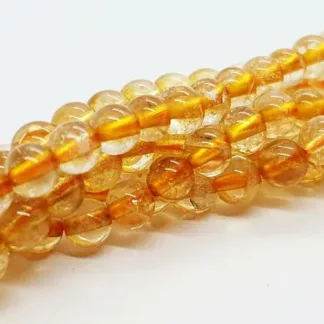
Citrine 4mm Round A Grade Strand
$29.0014 in stock
-
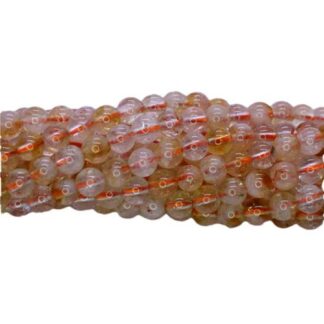
Citrine 4mm Round Beads Strand
$28.0050 in stock
-
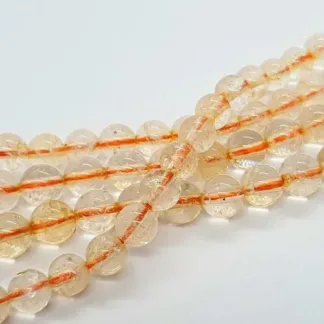
Citrine 5.5mm Smooth Round Beads Strand
$28.0058 in stock
-
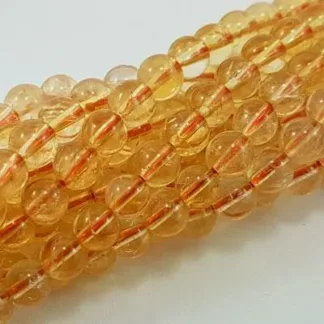
Citrine 6mm Round A Grade Strand
$38.008 in stock
-
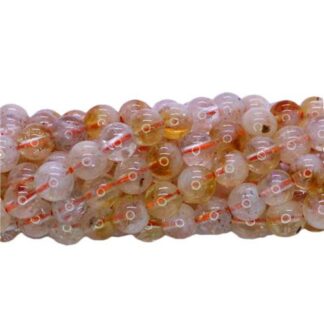
Citrine 6mm Round Beads Strand
$32.0050 in stock
-
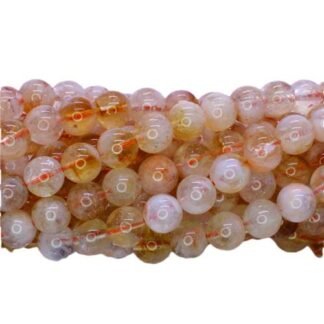
Citrine 8mm Round Beads Strand
$40.0049 in stock
-
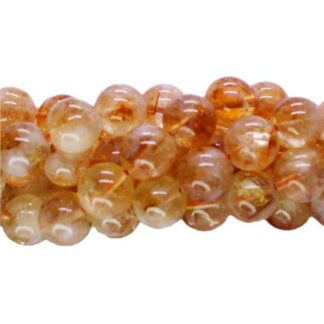
Citrine Natural Dark Honey 10mm Round Beads Strand
$50.0043 in stock
-
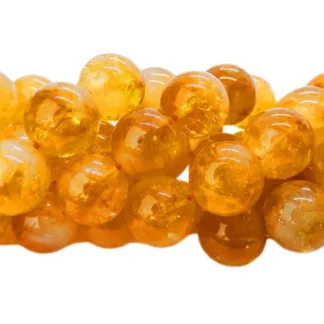
Citrine Natural Dark Honey 12mm Round Beads Strand
$54.00Out of stock
-
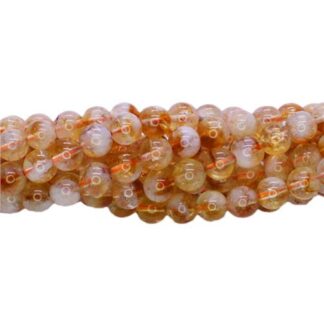
Citrine Natural Dark Honey 6.5mm Round Beads Strand
$38.0048 in stock
-
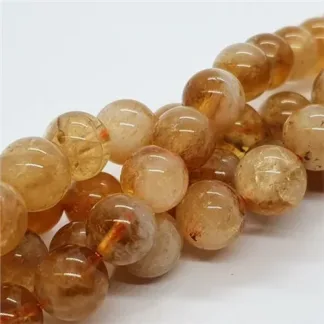
Citrine Natural Dark Honey 8mm Round Beads Strand
$44.0046 in stock
-
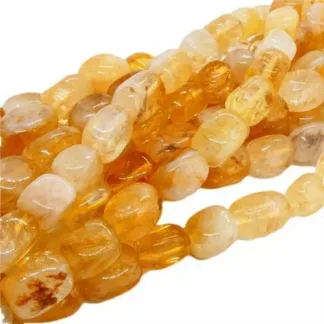
Citrine Nugget 10mm Tumbled Beads Strand
$49.004 in stock
-
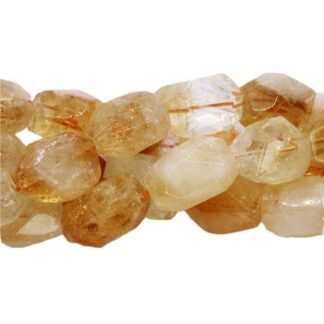
Citrine Tumbled Chunk 15x20mm Large Faceted Beads Strand
$108.0010 in stock
What is Citrine Crystal?
Citrine is a stunning and versatile gemstone that is prized for its sunny yellow or orange colour. It is a variety of quartz and is commonly found in many parts of the world, including Brazil, Madagascar, and the United States. Citrine is often used in jewellery making, and it has been a popular choice for centuries. Let’s explore the properties, history, and symbolism of this amazing natural gemstone crystal called citrine.
Why is Citrine Yellow?
Citrine is a type of quartz, which is a mineral made up of silicon and oxygen. It has a hardness of 7 on the Mohs scale, which makes it relatively durable and resistant to scratches. Citrine’s colour is caused by the presence of iron in the crystal structure, and its hue can range from pale yellow to deep orange/brown. Some of the most valuable citrine gemstones are those with a pure, intense yellow colour.
Citrine is known for its transparency and brilliance, and it’s often cut and faceted to enhance its beauty. The gemstone is usually found in smaller sizes, but it is possible to find larger stones as well. Citrine is a relatively abundant gemstone, which makes it an affordable and widely available choice for jewellery making.
The History of Citrine
Citrine has a long and fascinating history that dates back as far as ancient times. The gemstone was valued by the ancient Greeks and Romans, who believed that it had powerful healing properties. They used citrine to treat a variety of ailments such as digestive problems, skin conditions, and respiratory issues.
In the Middle Ages, citrine was even believed to have magical powers! It was used in a variety of accessories like talismans and amulets. It was believed to protect against evil thoughts and promote good fortune. Citrine was also used in jewellery making during this time, and it was often set in gold to create a stunning contrast with its yellow colour.
During the 18th and 19th centuries, citrine became more widely available as new deposits were discovered in Brazil. It was a popular choice for jewellery during this time, and it was often used in combination with other gemstones, such as diamonds and topaz.
Where is Citrine found?
Citrine is found in many parts of the world. The most important commercial sources of citrine are Brazil and Uruguay, which are known for producing large, high-quality citrine crystals. Other countries that produce citrine include Argentina, Bolivia, Russia, Madagascar, and the United States.
In Brazil, citrine is often found in association with amethyst, another type of quartz that has a purple colour.
In the United States, citrine is found in several states, including North Carolina, Colorado, and California. In North Carolina, citrine is often found in association with smoky quartz, another type of quartz that has a brown colour. Citrine from North Carolina is typically a pale yellow or brownish-yellow colour.
The Symbolism and Spiritual Meaning of Citrine
Citrine is believed to have powerful energetic properties, and it is often used in crystal healing and spiritual practices. It’s a gemstone that is associated with many positive qualities and is often used as a symbol of optimism, joy, and abundance. It is believed to promote energy, creativity, and mental clarity, and it is thought to stimulate the solar plexus chakra, which is connected to personal power and self-esteem.
Citrine is also a symbol of November, and it is the birthstone for that month. It is often used in jewellery to celebrate birthdays or to commemorate special occasions, such as weddings and anniversaries. In addition, citrine is the gemstone for the 13th wedding anniversary, and it is a popular choice for gifts that symbolize love and commitment.
How to cleanse Citrine
To ensure that the citrine gemstone retains its positive healing energy, it is important to cleanse and recharge it regularly. Here are a few methods crystal healers and practitioners will use for cleansing citrine:
- Fresh Water: One of the simplest ways to cleanse citrine is to rinse it under running water for a few minutes. Be sure to use lukewarm water and avoid hot or cold water, as extreme temperatures can damage the gemstone. After rinsing, dry the citrine with a soft cloth or let it air dry.
- Saltwater: Another method for cleansing citrine is to soak it in a solution of saltwater for several hours. Mix a tablespoon of sea salt in a bowl of water and place the citrine in the solution. Make sure that the citrine is fully submerged in the water, and leave it to soak for several hours or overnight. After soaking, rinse the citrine with clean water and dry it thoroughly.
- Smudging: Citrine can also be cleansed by smudging it with sage or other herbs that are traditionally used for spiritual cleansing. Light the herb bundle or stick and let it burn for a few moments, then blow out the flame and let the smoke waft over the citrine. Be sure to hold the citrine in a heat-safe dish or use a smudging feather to direct the smoke.
- Sunlight/Moonlight: Finally, citrine can be cleansed and charged by placing it in direct sunlight or moonlight for several hours. The sunlight or moonlight helps to clear away any negative energy and recharge the citrine’s natural vibrations. However, be cautious with this method as prolonged exposure to sunlight can cause the colour of the citrine to fade over time.
These are just a few methods for cleansing citrine. Experiment with different techniques to find the one that works best for you and your citrine gemstone. Remember to cleanse and recharge your citrine regularly to keep it at its best energetically.
Will citrine fade in sunlight?
Citrine is a fairly durable and stable gemstone, and it generally does not fade or change color when exposed to sunlight for short periods. Unlike some other gemstones, such as amethyst and rose quartz, citrine is not known to be affected by UV radiation. That being said, constant and extended exposure to sunlight over time will cause the colour to fade or darken over time depending on the type of citrine.
Like all gemstones, citrine should also be protected from scratches, impacts, and exposure to harsh chemicals and extreme temperatures to prolong it’s natural beauty.
How to make a Citrine bracelet or necklace
Citrine is a beautiful gemstone that can easily be made into a stunningly gorgeous natural bracelet or necklace. Here are some tips for making your own Citrine necklace or bracelet.
- Choose the right size and shape: Citrine comes in a variety of shapes and sizes, including faceted or smooth round, chips, and briolettes to name a few. Consider the design and style of your project when choosing the size and shape of your citrine beads. Round beads are popular for more natural and simple designs while faceted beads are great for adding sparkle and shine.
- Mix and match with other beads: Citrine pairs well with many other gemstones and beads, such as amethyst, garnet, peridot, and freshwater pearls. Experiment with combining citrine with other beads in complementary colours to create unique and eye-catching designs.
- Once you’ve selected your beads, consider how you will string them. The quickest and easiest option for bracelets is stretchy elastic cord. It’s simple to thread and knot for almost instant jewellery creations. If you’re thinking of a necklace, consider Flexrite beading wire which can be crimped and finished off with a clasp.
What can you make with Citrine beads?
There are many other ways you can use citrine other than a simple strung bracelet or necklace.
- Consider using citrine as a focal point: Citrine can be used as a focal point in your beading designs, such as in a pendant or as the centrepiece of a necklace. Use larger citrine beads or a citrine pendant as the focal point and complement it with smaller beads in complementary colours.
- Incorporate citrine into wire-wrapped designs: Citrine beads can be incorporated into wire-wrapped designs to create unique and intricate pieces. Use wire to wrap citrine beads and create loops, spirals, and other decorative elements.
- Experiment with different beading techniques: Citrine can be used in a variety of beading techniques, including bead weaving, stringing, and wirework. Experiment with different techniques to create unique and interesting designs.
Overall, citrine is a versatile and beautiful gemstone that can add a touch of warmth and elegance to any beading project. With a little creativity and experimentation, you can incorporate citrine into your designs in a variety of ways to create one-of-a-kind pieces of jewelry.
Citrine for sale Australia
Beads N Crystals is your local crystal and stone shop with a great range of Citrine beads, pendants and more at great prices. We’re open to the public online an din our physical store located in Brisbane. We also cater to small businesses via our wholesale purchasing system with generous discounts for related organisations.
Citrine is a beautiful and versatile gemstone that has a rich history and many positive qualities. Its sunny yellow or orange colour makes it a popular choice for jewellery making, and its durability and affordability make it an excellent choice for everyday wear. Whether you are looking for a gift for a loved one or a new addition to your own jewellery collection, citrine is a gemstone that is sure to bring joy and happiness.
Showing all 19 results






